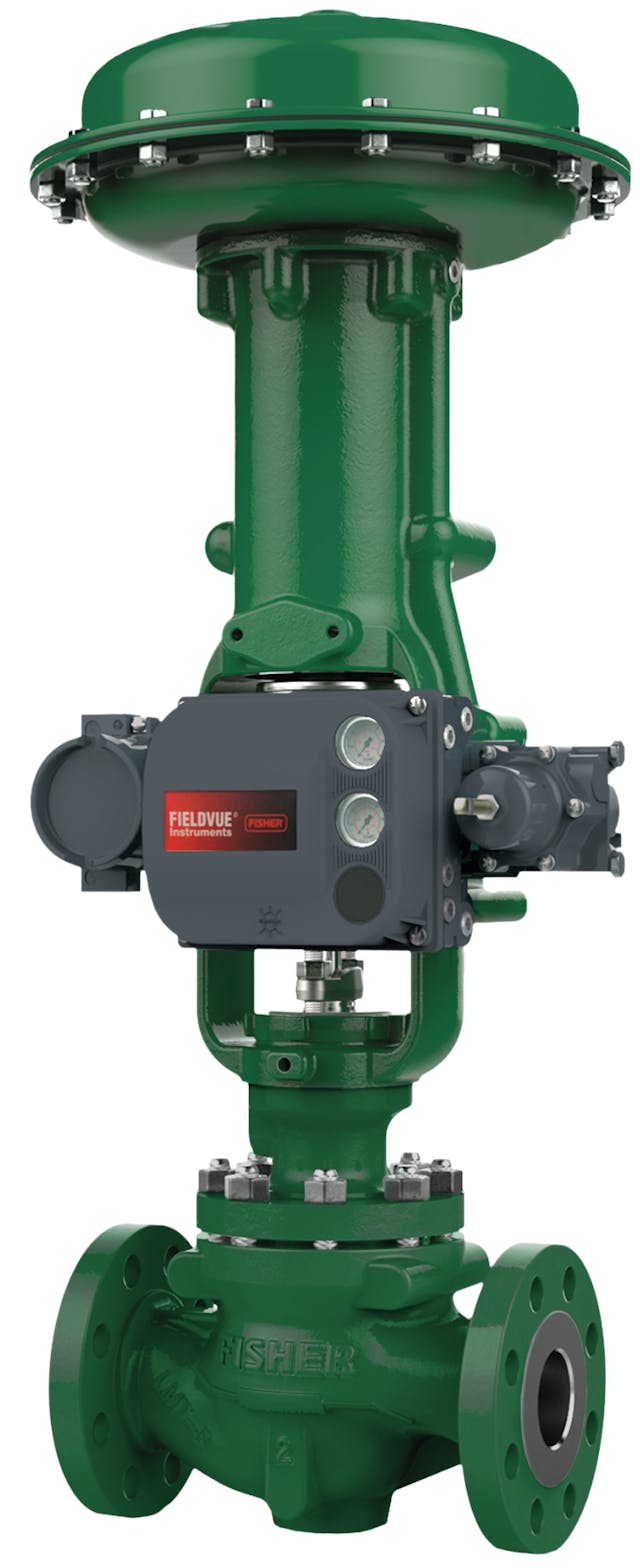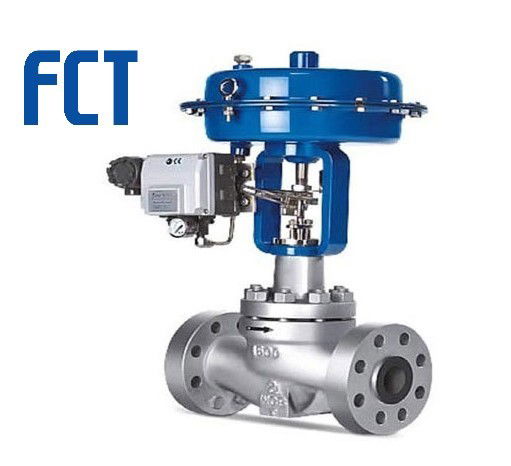Optimizing System Control with High-Performance Control Valves
Optimizing System Control with High-Performance Control Valves
Blog Article
Achieve Seamless Assimilation and Control With Quality Structure Automation Controls
In the realm of modern structure management, the relevance of high quality structure automation controls can not be overstated. As technology remains to development, the combination and control of different systems within a building have advanced to be much more advanced and efficient. The seamless procedure and tracking of lighting, A/C, safety and security, and various other structure functions have actually come to be vital for boosting resident convenience, power effectiveness, and total operational effectiveness. Nonetheless, the trip towards accomplishing real integration and control is a diverse one, with considerations varying from system compatibility to cybersecurity. Welcoming quality structure automation controls is not just a matter of benefit however a strategic imperative for organizations aiming to enhance their centers' efficiency and sustainability.

Evolution of Structure Automation Controls
Throughout the past couple of decades, the advancement of developing automation controls has actually substantially transformed the means structures are managed and operated. At first, constructing automation systems mostly focused on basic functions such as controlling ventilation, home heating, and air conditioning (A/C) systems. However, as modern technology progressed, these controls have actually ended up being a lot more advanced, allowing for a larger array of building systems to be integrated and managed centrally.
The advancement of building automation controls has seen a shift towards more intelligent systems that can adapt to changing conditions in real-time. This adaptability is vital for maximizing power performance and ensuring resident comfort. Additionally, modern building automation controls now offer features such as predictive maintenance, remote tracking, and information analytics, allowing center managers to make data-driven decisions to improve structure efficiency.

Advantages of Top Quality Integration
The improvement in structure automation controls in the direction of even more intelligent systems has highlighted the substantial benefits of high quality integration in optimizing structure procedures and boosting overall efficiency. Quality assimilation of constructing automation controls supplies numerous vital advantages. First of all, it causes boosted power performance by allowing various systems to interact seamlessly, guaranteeing optimal performance and reducing energy wastage. Secondly, high quality integration enhances occupant convenience and performance by making it possible for customized control over environmental settings like air, temperature level, and lighting quality. This modification can lead to a much more comfy and conducive working or living setting. Furthermore, quality integration streamlines maintenance and repairing procedures, as all systems are adjoined and can be kept an eye on and managed from a centralized user interface. This centralized control likewise gives much better presence and insights right into structure efficiency, enabling aggressive maintenance and optimization methods. In general, the benefits of top quality assimilation in structure automation controls are obvious, providing raised efficiency, convenience, and functional performance.
Improved Individual Experience and Availability
Enhancing individual interaction with building automation controls through intuitive design and enhanced ease of access raises the total experience for residents and center managers alike. By concentrating on user experience, building automation systems can become a lot more user-friendly and efficient. Intuitive interfaces, clear navigating, and personalized settings equip individuals to engage with the controls easily and efficiently.
Ease of access features play a crucial function in guaranteeing that all people, consisting of those with impairments, can utilize the structure automation manages with ease. Incorporating attributes such as voice commands, responsive switches, and color-contrasted screens can improve ease of access and make the controls much more inclusive.
In addition, enhanced individual experience brings about higher user satisfaction, boosted performance, and better decision-making. Residents can adjust environmental settings according to their choices, while facility managers can efficiently manage and keep an eye on structure systems - control valves. In general, focusing on user experience and availability in structure automation controls adds to an extra seamless and efficient building setting for all stakeholders entailed
Sustainable Practices With Automation

Additionally, automation can help with the assimilation of renewable energy resources such as solar panels or wind generators into building operations. With automation, buildings can line up with modern-day sustainability objectives and add to a greener future.
Future Trends in Structure Control Equipment
One prominent pattern shaping the future of structure control systems is the enhanced assimilation of Artificial Knowledge (AI) and device knowing. In addition, the Web of Things (IoT) is reinventing structure control systems by linking devices and sensors to improve and simplify operations effectiveness.
An additional essential pattern is the focus on cybersecurity steps to secure versus potential dangers to constructing automation systems. As buildings end up being extra interconnected, guaranteeing durable cybersecurity methods will be necessary to protect delicate data and stop unapproved gain access to.
In addition, the shift in the direction of cloud-based platforms is obtaining momentum, enabling streamlined control and remote access to building systems. This helps with much easier surveillance, maintenance, and Check Out Your URL updates, boosting the total efficiency and adaptability of structure control systems. As modern technology remains to advance, these patterns are expected to shape the future landscape of building automation controls, driving development and sustainability in the developed atmosphere.
Final Thought
In verdict, constructing automation controls have actually advanced significantly, providing various benefits such as enhanced individual experience, availability, and lasting techniques. Quality assimilation plays a vital duty in attaining smooth control and reliable procedure of structure systems. Future trends in building control systems are likely to concentrate on additional improving automation abilities for boosted power effectiveness and general performance. It is important for building proprietors and drivers to prioritize the fostering of high quality building automation controls to maximize building operations and attain long-lasting sustainability goals.
In the realm of contemporary building monitoring, the importance of top quality structure automation controls can not be overstated. Generally, the evolution of structure automation manages proceeds to drive advancement in the building administration industry, using new opportunities for producing smarter and extra sustainable structures.
The improvement in building automation manages in the direction of more smart systems has actually highlighted the substantial advantages of quality assimilation in maximizing structure procedures and boosting general efficiency. Generally, focusing on customer experience and ease of access in structure automation regulates description contributes to a much more productive and seamless structure environment for all stakeholders entailed.
It is vital for structure proprietors and operators to prioritize the adoption of high quality structure automation manages to optimize building operations and accomplish lasting sustainability objectives. - control valves
Report this page